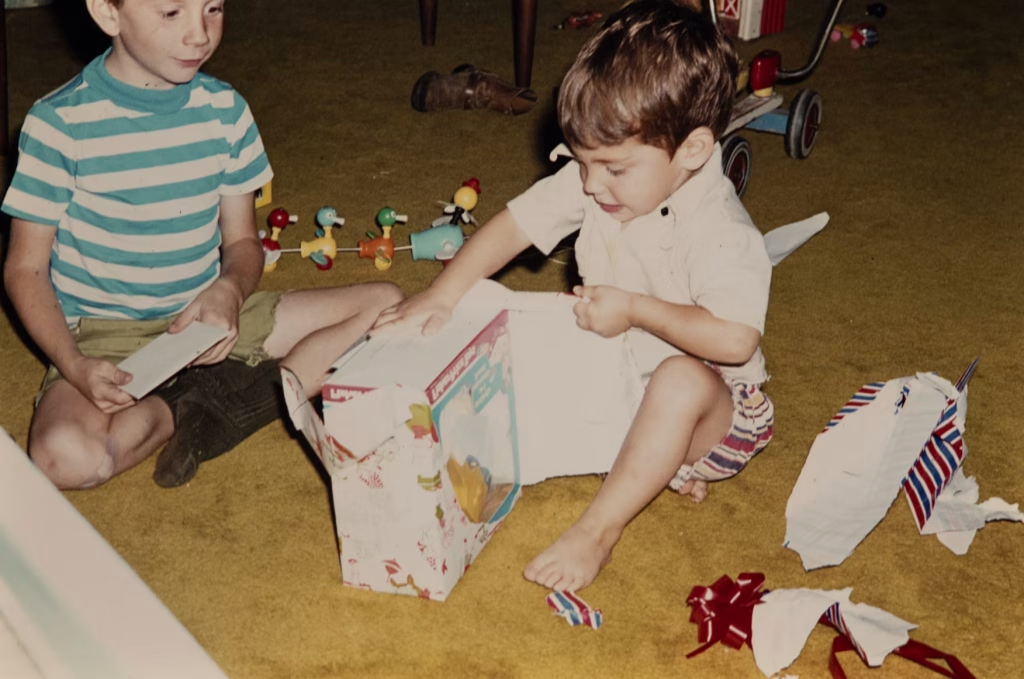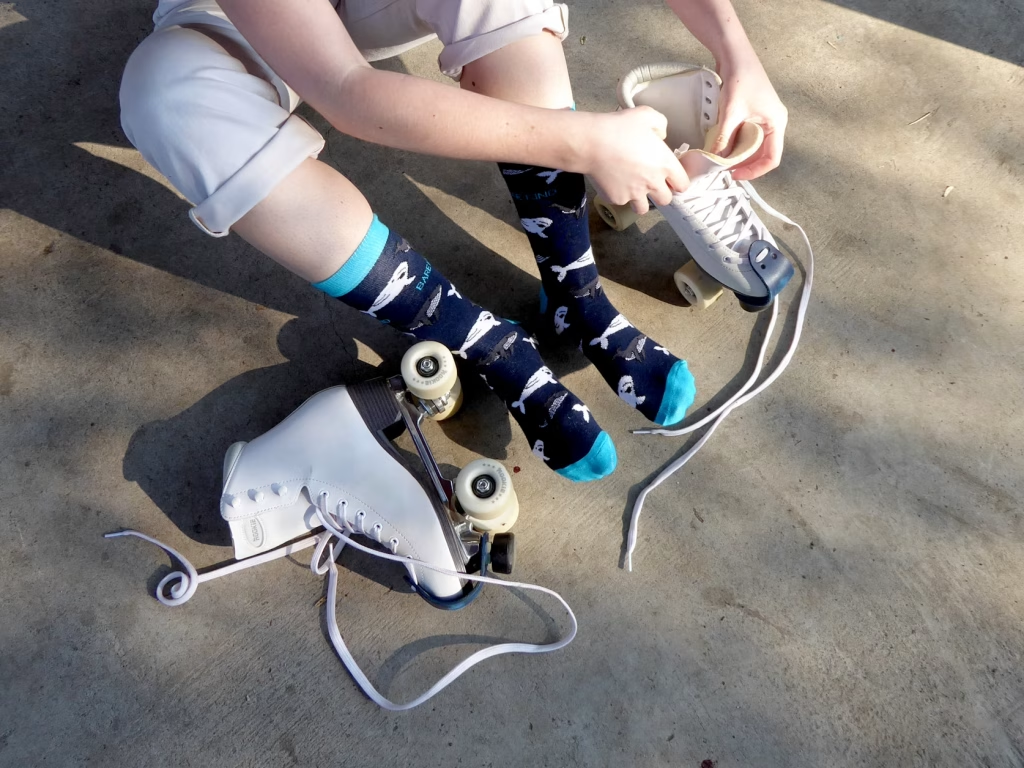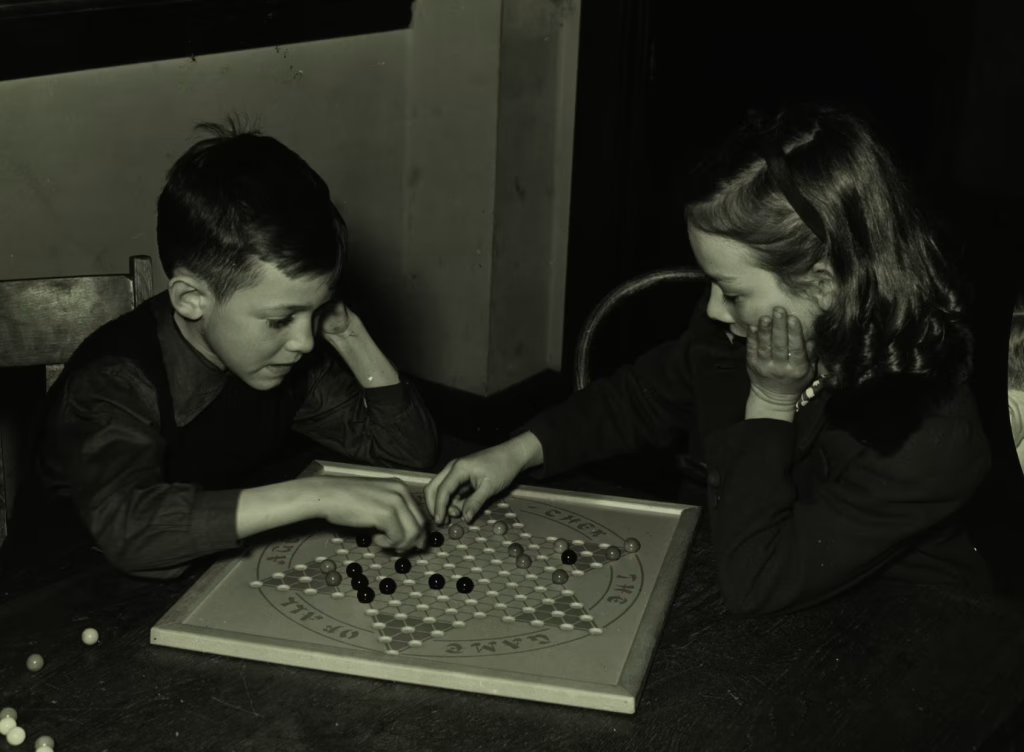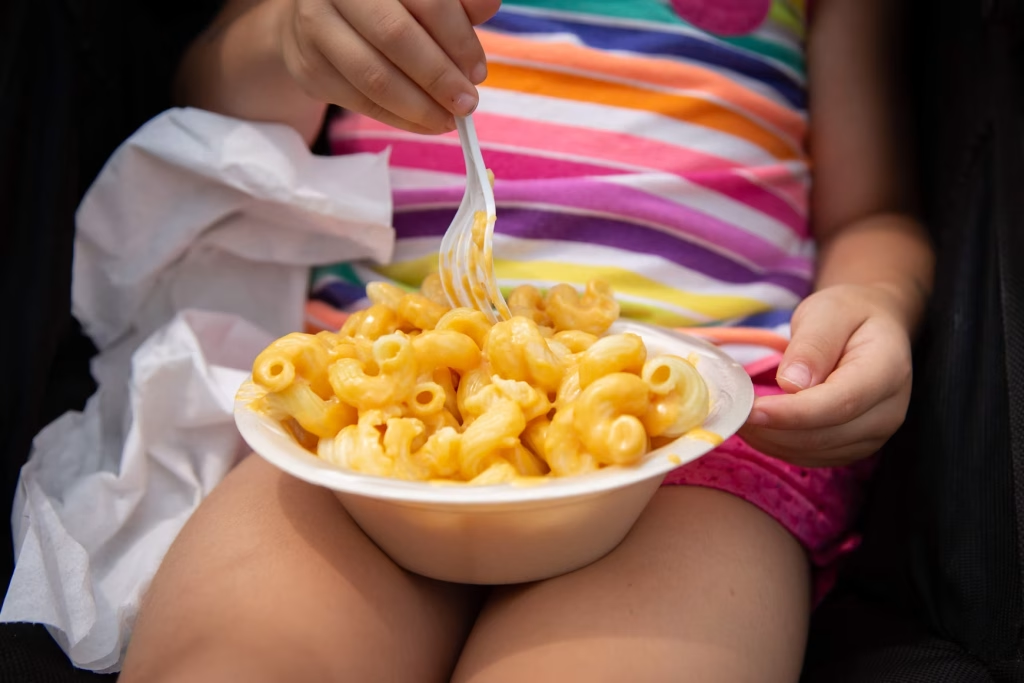
They unwrapped what?!
Most parents know the look: your child returns from a classmate’s party wide-eyed, rattling off details about a mind-blowing present that makes every other toy look…meh. Maybe it was a hover soccer ball that glided across wood floors or a “five-surprise” mystery egg that felt like pure magic. Suddenly your perfectly fine toy stash seems ordinary.
But why play catch-up when you can set the trend?
When it’s your child’s birthday—or when you’re hunting for a show-stopping gift for a niece, nephew, or best-friend—think beyond the big-box aisles. The right choice can be surprising, meaningful, and yes, spark just a pinch of playground envy. Below are seven unusual kids gifts that turn heads the instant the wrapping paper rips, with enough creativity and staying power to outshine generic gadgets.
1. Personalized or Handmade Treasures
Few things say “you’re special” like a gift made just for one child. We’re talking custom storybooks starring them as the hero, name-engraved hoodie blankets, or a plushie that looks exactly like their pet gecko. Custom items instantly become keepsakes and conversation starters: friends will want to flip every page or give that one-of-a-kind plush a squeeze.
Bonus points if grandparents help create the design—family collaboration makes the gift even sweeter. Sites such as Etsy showcase dozens of quirky, laugh-out-loud personalized ideas kids love. Because each piece is made to order, the unboxing feels more ceremonial—no flimsy plastic tray, just a reveal worthy of a drumroll. Years later, when the trend-of-the-month toys are long forgotten, that personalized treasure will still sit proudly on a shelf.
2. An Experience to Remember
Toys break; memories stick. Picture a kids’ sushi-rolling workshop where tiny hands master the art of maki or a behind-the-scenes zoo encounter that lets them feed giraffes eye-to-eye. Every calendar check becomes a surge of anticipation, turning the days leading up to the event into half the fun. When school resumes, your child returns buzzing with stories no shelf toy can match—and classmates lean in because it sounds like a mini adventure movie.
Experiential gifts generate deeper, more enduring happiness than pricey gadgets that lose their shine after a week. They also nudge kids to try new things, boosting confidence and curiosity in the process. To crank up excitement, hide the voucher in a themed clue—goggles for an indoor surfing session, a magnifying glass for a fossil dig, or a chef’s hat for a chocolate-making class. Suddenly, gift-giving transforms into an epic treasure hunt that starts at home and ends with a lifetime memory.
3. Retro Toys with a Modern Twist
Everything old is cool again—especially when you add a splash of 2025 tech. A neon Lite-Brite that syncs to music, a supersize staircase-spanning slinky, or a Bluetooth-enabled lava lamp bridges generations in one glowing swoop. Young kids marvel at the tactile wonder, while parents ride a wave of sweet nostalgia; it’s the rare toy that convinces adults to sit cross-legged on the floor for “just one more” round.
Many daycare and elementary teachers report that children gravitate toward these “weird-cool” classics even when flashy electronic toys sit inches away, proving novelty isn’t always about screen time. Because the mechanics are simple, siblings of different ages can jump in without frustration—instant family bonding without arguing over turns.
Manufacturers now build them with sturdier materials, so they survive the daily drop-kicks that doom vintage originals. Bonus: retro toys often double as funky bedroom décor once playtime ends, stretching value beyond entertainment. They’re unusual enough to stand out yet timeless enough to keep kids’ attention long after the birthday-cake crumbs disappear.
4. Toys That Even Grown-Ups Want
Some playthings are so slick adults whisper, where was that when I was nine. Think programmable marble-run sets with glow-track pieces that can climb walls, AR-enabled telescopes that overlay constellation names on your phone, or voice-controlled robots that crack jokes while learning new dance moves.
These marvels spark genuine inter-generational teamwork, transforming solitary play into family engineering sessions that last well past bedtime. Parents aren’t just supervising—they’re competing to build taller towers or discover new alien planets. The design quality rivals high-end gadgets, so leaving them on the coffee table actually looks stylish (and silently invites houseguests to join).
Choose one and your child becomes the talk of the next playdate and the grown-up dinner party—who knew a seven-year-old could demo augmented reality better than Uncle Mark. Plus, when adults dive in enthusiastically, kids learn advanced problem-solving and collaboration by osmosis.

5. Mystery and Subscription Gifts
Unboxing videos go viral for a reason: suspense sells. Monthly subscription boxes—whether they deliver hands-on science experiments, step-by-step cooking kits, or snacks from a new country—keep that thrill alive all year. Each delivery resets the excitement meter, turning an ordinary Tuesday into Surprise Day. Blind-bag collectibles layer on extra anticipation, making every reveal feel like a mini holiday morning complete with gasps and fireworks emojis.
Friends will crowd around when the next package arrives, eager to peek inside, which means your living room briefly turns into the hottest livestream on the block. Parents win, too: subscriptions spread costs across months and eliminate frantic last-minute shopping runs before parties or report-card celebrations. Many services now tailor difficulty levels to your child’s age, so boxes “grow up” right alongside them. By gift’s end, kids have a curated collection—and a newfound passion—without a mountain of once-and-done plastic clutter.
6. DIY Kits That Spark Creativity
Hands-on projects transform idle afternoons into proud showcases—and sneak STEAM learning into everyday play. From bath-bomb labs that teach chemistry reactions to solar-powered rover kits that introduce basic engineering, DIY gifts encourage kids to make rather than just consume.
The sense of ownership skyrockets when classmates spot the finished product—a shimmering geode grown in your kitchen or a handmade neon tote—sparking curiosity (and a sprinkle of envy). Because each kit unfolds over hours or even days, they build patience and problem-solving grit that quick-click gadgets rarely inspire.
Parents can document the process in photos, then help kids present a mini “how I built this” slideshow for show-and-tell—instant confidence booster. Many kits include refill packs, extending the life of the fun well beyond the first try. Choose themes that align with budding interests—art, robotics, eco-gardening—and watch your child’s screen time drop without a single argument. In the end, they’re left with both a cool creation and a tangible reminder that they can figure things out solo.
7. Custom Wearables That Actually Glow
Light-up sneakers walked so today’s sound-activated LED hoodies and color-changing backpacks could sprint. Kids can now sport caps embroidered with their name in electroluminescent thread or T-shirts that shift hues with body heat, turning ordinary hallways into personal runways.
Whether at a birthday bash, school dance, or twilight field trip, your child becomes a walking disco ball—in the best possible way—which translates to instant visibility for safety and for style. Many makers let you upload original art or slogans, merging self-expression with next-level tech flair.
The result is a wearable bragging right friends line up to borrow—though the battery pack stays with its rightful owner. These pieces often include rechargeable modules, sparing parents the endless AA battery hunt of yesteryear. Because the electronics are removable, the garments can still hit the washing machine without drama. After dark, snap a slow-shutter photo to immortalize the glow trails and solidify your kid’s status as coolest trendsetter on the block.
Choosing Gifts That Spark More Than Smiles
Sure, it’s delightful when a present triggers a chorus of “OMG, that’s so cool!” Yet the real magic of these unusual kids gifts lies in what happens next. Personalized items nurture self-esteem. Experiences broaden horizons. DIY kits seed creativity. Even envy-inducing glow gear invites social connection—everyone wants to join the light show, after all.
When browsing for the next big surprise, ask: Will this gift create a story? A tale about conquering a climbing wall, coding a robot’s first dance, or reading a bedtime book starring the child themselves will outshine any trendy trinket. And remember: you’re not just handing over an object; you’re giving a dose of joy, confidence, and maybe a lifelong memory.
Have you discovered a gift that made kids (and parents) gasp, “Where did you find that?” Drop your epic finds in the comments—we’re always looking for the next jaw-dropping idea.
Read More

Samantha Warren is a holistic marketing strategist with 8+ years of experience partnering with startups, Fortune 500 companies, and everything in between. With an entrepreneurial mindset, she excels at shaping brand narratives through data-driven, creative content. When she’s not working, Samantha loves to travel and draws inspiration from her trips to Thailand, Spain, Costa Rica, and beyond.

















